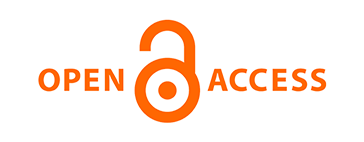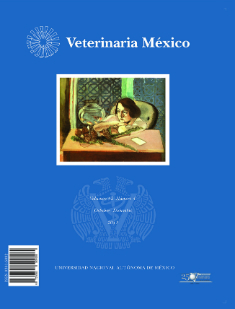Etiology, pathogenesis, diagnosis and treatment of osteochondrosis (OC)
Main Article Content
Abstract
Osteochondrosis (OC) is a term used to describe a wide range of different skeletal lesions between different species. Osteochondrosis is a problem that affects fast growing animals and it has been defined as a failure in the endochondral ossification of the articular-epiphyseal cartilage. This failure leads to cartilage thickening and retention, basal necrosis, subchondral bone damage and loose bone fragments in the articular joint. Osteochondrosis is a multifactorial disease in which nutritional, hereditary, endocrine factors, biomechanical influences, and failures of blood supply to growth cartilage play an important role. The aim of this review is to offer an updated approach to the knowledge of the mechanisms that intervene in the pathogenesis of osteochondrosis, as well as alternatives to its diagnosis and treatment.
Article Details
License

Veterinaria México OA by Facultad de Medicina Veterinaria y Zootecnia - Universidad Nacional Autónoma de México is licensed under a Creative Commons Attribution 4.0 International Licence.
Based on a work at http://www.revistas.unam.mx
- All articles in Veterinaria México OA re published under the Creative Commons Attribution 4.0 Unported (CC-BY 4.0). With this license, authors retain copyright but allow any user to share, copy, distribute, transmit, adapt and make commercial use of the work, without needing to provide additional permission as long as appropriate attribution is made to the original author or source.
- By using this license, all Veterinaria México OAarticles meet or exceed all funder and institutional requirements for being considered Open Access.
- Authors cannot use copyrighted material within their article unless that material has also been made available under a similarly liberal license.



